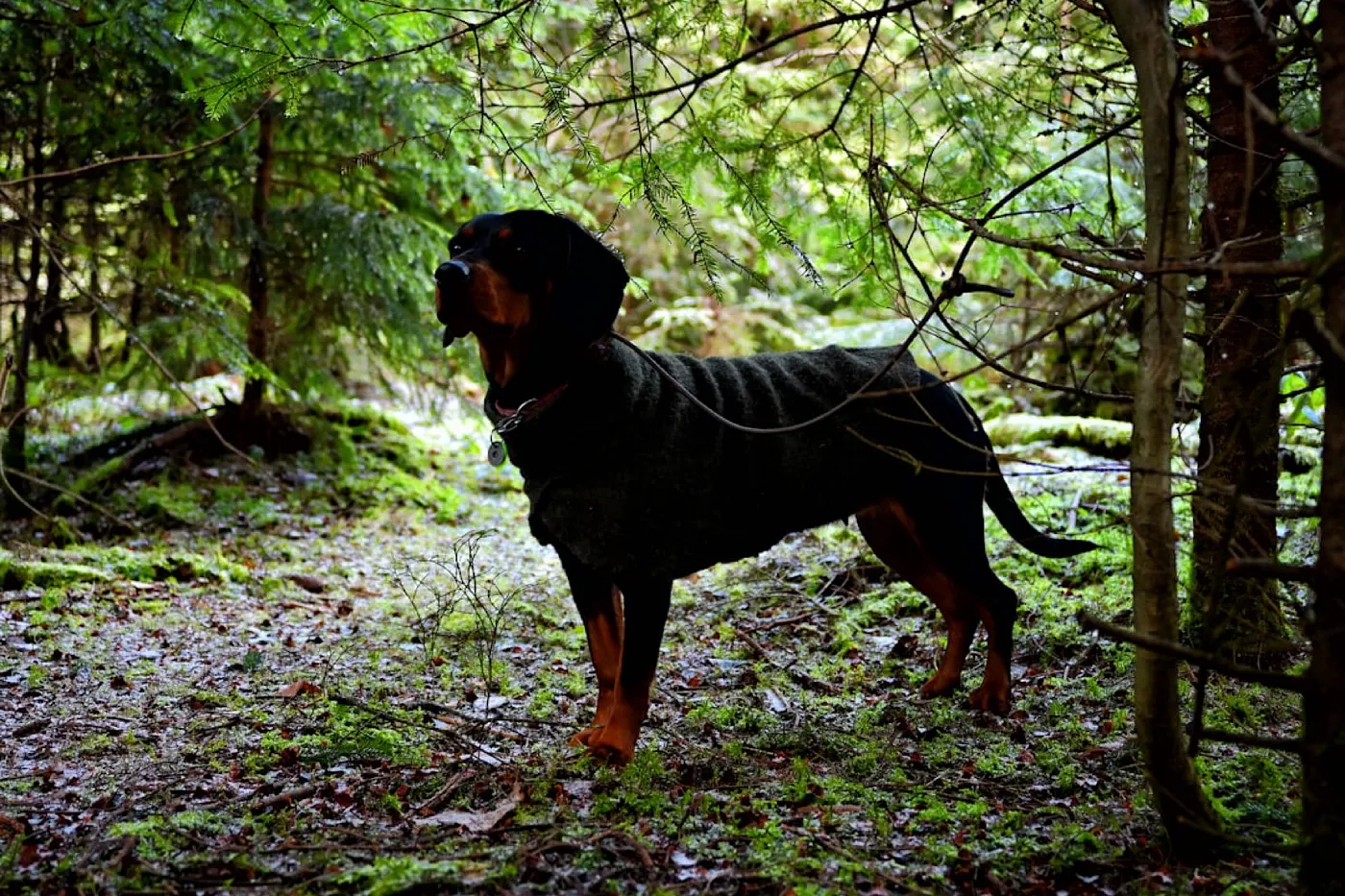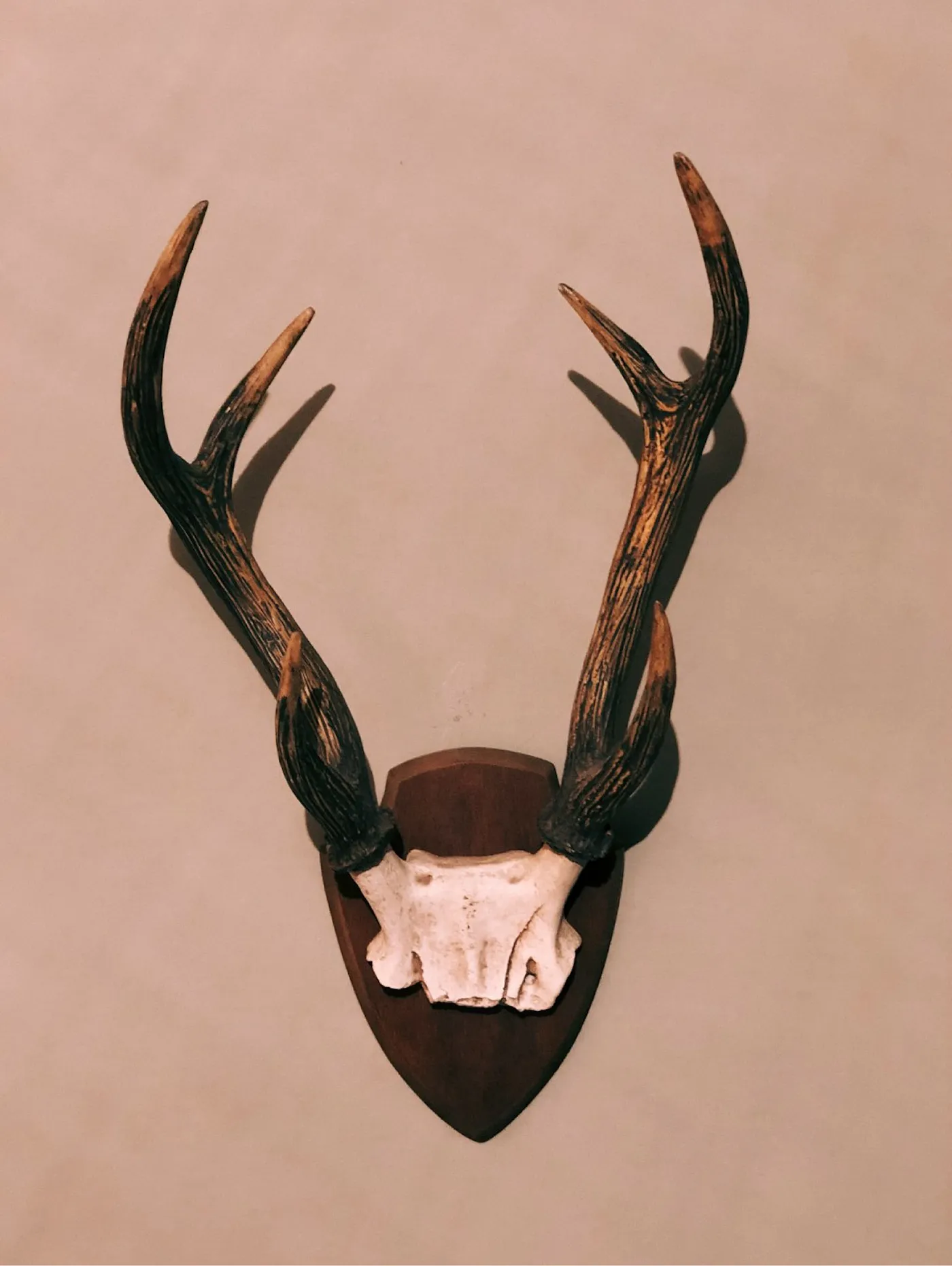Hunting For Sport
Hunting used to be used just for purposes of obtaining food, but now, it has become a sport to some. In trail hunting, dogs are used to viciously kill wild animals, and the dead bodies are often thrown in stink pits. In trophy hunting, hunters kill wild animals just to display a certain body part for show. These are not only cruel to the animal that is hunted, but is also not a sustainable practice and can greatly damage ecosystems.

Photo by Sebastian Pociecha on Unsplash
A long time ago, hunting was necessary for humans to feed themselves and their families. Historians believe that dating back two million years ago, our ancestors, even in their primal form, hunted animals for their meat. Things have changed, and as we have evolved, so have our ways of gathering and storing food. Now, food can easily be picked up at your local grocery store or farmers market, yet hunting is still a popular “sport” worldwide.
Why do People Hunt?

Photo by maxx ❄ on Unsplash
There are still plenty of people who hunt to obtain food, which is respectable since they are using the animal for food rather than just for the fun of the hunt, and it’s arguably more ethical than animal husbandry since these animals are not bred just to be killed. However, there are a lot of hunters who don’t actually eat the animals they hunt; they just enjoy the thrill of it. Some sell the pelts of the animals they kill or hang them up as decorations on the wall. Many of them discard the carcass or leave it to rot on the ground. In many cases, hunting isn’t always “bad” if the animal is used for food, killed humanely, and not overhunted. Unfortunately, in the cases of trail hunting and trophy hunting, that criteria is not met.
What is Trail Hunting?
Trail hunting is when hounds follow a premade trail of animal urine to simulate traditional hunting. It is popular in the UK, since the Hunting Act banned traditional hunting. It’s supposed to be a harmless, fun sport for both the humans and dogs involved, but people have been using it as a loophole against the Hunting Act, sending out the dogs to chase down foxes and kill them. If the hounds end up following a live mammal scent and killing them, the hunters can claim to “not have known.” In many cases, most hunters don’t even set up a trail beforehand and let the hounds run wild on their own, killing not only wild mammals like foxes and hares, but also farmers’ livestock.
Why is Trail Hunting Bad?

Photo by Ma Ti on Unsplash
The foxes killed during trail hunting are often not used for anything valuable, and their corpses are usually tossed to rot in stink pits — holes dug to throw dead animal bodies in. People typically enjoy watching trail hunting like a sick sports game, betting on which hound will catch the mammal first.
Trail hunting advocates try to defend trail hunting by claiming it as a form of pest control; however, trail hunting cannot be considered a valid form of pest control since many trail hunters hold foxes in captivity and breed them for the purpose of hunting. In 2015, the League Against Cruel Sports discovered a barn full of 16 fox cubs being raised for trail hunting. They were later released and saved, with only one casualty, but this isn’t an isolated incident. The hounds don’t always kill the foxes either, since they can be reused in other hunts, so it puts immense amounts of stress and physical turmoil on the foxes.
Since foxes typically burrow underground to hide from predators, hunters take the initiative to block the burrows, creating a grudgingly long chase. If a fox manages to burrow underground, hunters will send terriers into the burrow to scare out or outright kill the fox. This causes both the fox and the dog to suffer severe injuries on the face, head, and neck from fighting underground.
The foxes don’t have the mercy of receiving a quick death either. Autopsies have shown that foxes go through great amounts of suffering before death, with bite marks and ripped flesh all over the body from being torn apart by the dogs.
The foxes and other mammals aren’t the only victims of trail hunting. Hounds are selectively bred and trained, and if a hound is not physically fit enough, falls ill, or becomes weak with age, the dog will be killed. Badgers also fall victim to trail hunting since many hunters accidentally cover up badger sets to prevent foxes from hiding in them, which is illegal, as badger sets are protected in the UK.
What is trophy hunting?

Photo by Simone Jo Moore on Unsplash
Trophy hunting is another form of hunting in which the animals are not used for food, but as decoration. These hunters will either pay someone large sums of money overseas to hunt an exotic or rare animal and bring back their remains, or hunt the animal themselves. They then take parts of the animal, like their heads, hides, claws, tusks, or even the whole animal, and display it for show. The most popular animals for trophy hunting are American black bears, mountain zebras, baboons, African elephants, lions, leopards, and wolves.
Why is trophy hunting bad?
Even though parts of the animal are being used, it’s not necessary for survival and their body parts are only used to be displayed on a mantle. Not only are the animals being cruelly killed for no real purpose, but the excessive hunting also has detrimental effects on the ecosystem. Many species, such as the African elephant, have had their numbers drastically cut down due to over-hunting. From the 18th century to now, the population of African elephants went from 26 million to only 415,000. Asian elephants suffer an even greater loss, with only 40–50,000 of them remaining. These gracious creatures are killed only for their ivory tusks, with the rest of their bodies discarded.
Hunters typically target healthy animals that are of reproductive age for the best “quality,” which greatly contributes to the dwindling population of these animals. On March 15, 2024, an American trophy hunter from Texas shot down a bull elephant in Tanzania. This elephant was reportedly a “super tusker,” or a fully matured male elephant with a tusk weighing over 100 pounds. This genetic make-up is quite rare, which makes them so desirable for trophy hunters.
This elephant was also prime mating age; male elephants only constantly reproduce at 35–40 years old, and 75% of elephants will die before they reach this age, so this age window is already extremely short. Shooting down an elephant in this age range severely affects the elephant population. The elephant’s body was allegedly burned after it was killed.
Elephants are not the only victims of trophy hunting, for there are around 3,600 animal species that are becoming threatened by this practice. It’s not only wild animals that are affected either. Many trophy hunters partake in “canned hunting,” where animals are bred and raised for the sole purpose of being shot by a hunter in an enclosed space to become a trophy. Lions are typically the animal of choice in canned hunting. Trophy hunting is done worldwide; however, America is the #1 importer of trophy animals.
Environmental Impact
The negative effects of hunting for sport include those on the environment as well. Hunting animals means removing them from the ecosystem, which can greatly change many different animal populations all at once. When too many animals of a species are removed from an ecosystem, there may be extinction of that species or overpopulation of another species, which upsets the natural balance that exists in the environment. Hunting may also affect the migration and hibernation patterns of species that exist, as well as any other parts of their life cycles. The removal of certain animals may even drive evolutionary change to favor individuals with different traits than it would naturally.
What can be done?

Photo by Jon Tyson on Unsplash
If you are a fan of hanging animal parts in your home or want to have an outdoor hobby, but don’t want to partake in these unethical practices, then there are plenty of alternatives. Technology has advanced enough that synthetically made animal parts can be created, like a rhino horn made of 3-D printed keratin. Realistic-plush animal bodies are also an option if you wish to obtain the whole body.
If you want to spend time outdoors, you don’t have to gun down an innocent animal to do so. Hiking, camping, or horse riding can be a sociable activity done outside without any casualties.
To ban these practices altogether, you can urge legislatures to enforce laws against them, educate your family and friends, or support organizations, such as Humane Society International, that fight against trail and trophy hunting.
Hunting can be done ethically if the animal is killed humanely and the body is used purposefully; however, trail and trophy hunting are done just for sport, and aren’t necessary for survival.
Recap
Hunting used to be used just for purposes of obtaining food, but now, it has become a sport to some. Two types of hunting for sport include trail hunting and trophy hunting. In trail hunting, dogs are used to viciously kill wild animals, and the dead bodies are often thrown in stink pits. In trophy hunting, hunters kill wild animals just to display a certain body part for show. These are not only cruel to the animal that is hunted, but is also not a sustainable practice and can greatly damage ecosystems. To prevent this, synthetic alternatives to animal trophies can be used for display. Also, urging legislatures to pass laws banning sport hunting can also stop these practices.
References
- British Hound Sports Association
- The Spectator
- The National Humane Education Society
- The Humane Society
- Newsweek
- The Humane Society
- Center for Humans and Nature
- League Against Cruel Sports
- University of California — Understanding Global Change
- League Against Cruel Sports
- The Guardian
- Humane Society International
- Mongabay